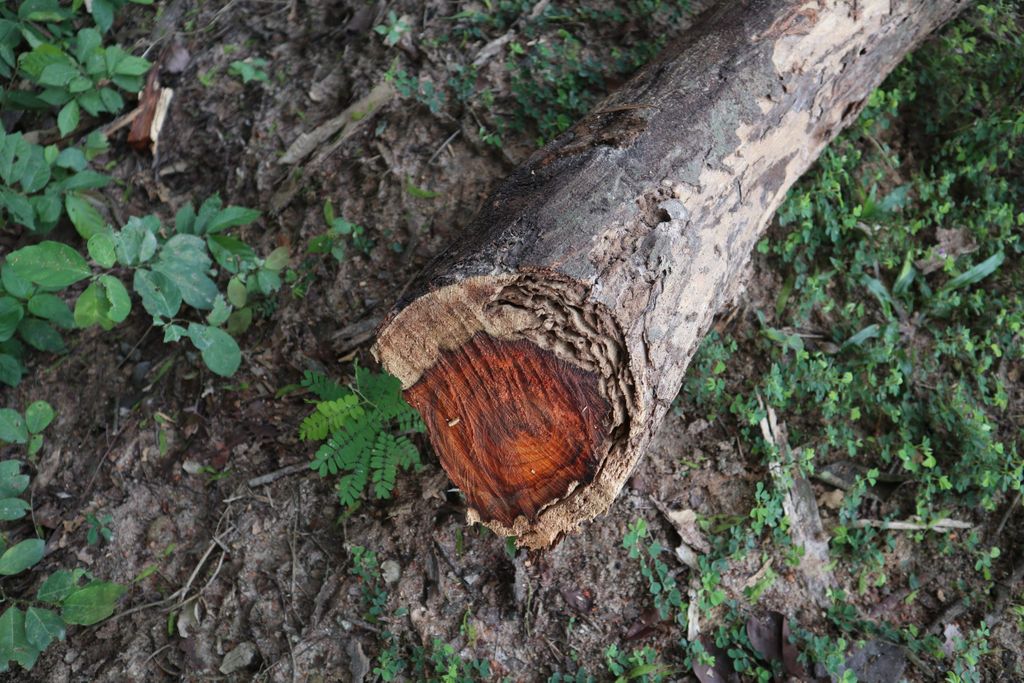Red List Assessments for the World’s Timber Tree Species

-
Status of project
Completed -
Region
Global -
Programme
Global Tree Assessment -
Workstream
Saving Plants -
Topic
Conservation Prioritisation
Timber is one of the world’s most valuable natural commodities and around 4,000 species of tree are used for timber. It is the most common use of tree species according to the State of the World’s Trees. Also in this publication, it is identified as the second major threat to the world’s tree species.
Since 2016, the Global Tree Assessment has focused on the assessment of the world’s timber tree species in partnership with the Toyota Biodiversity Fund and IUCN. This is the first comprehensive analysis of the extinction risk to timber tree species, and is particularly important given the economic, cultural and ecological importance of these species. The results of the assessments were published in 2023 in The Red List of Timber Trees. The assessment effort, involved assessing some timbers for the first time while others were in need of an updated assessment. Over the course of the project assessments for the most targeted timber tree species, those listed on the Convention for the Illegal Trade of Endangered Species (CITES), have also been assessed. The majority of these assessments are now available on the IUCN Red List.
The Red List of Timber Trees compiles information from 4,945 tree species assessed on the IUCN Red List and used for timber. It finds that a third of these tree species (1,664) are threatened with extinction. The timber use, such as logging and wood harvesting, is identified as the most common threat to these timber trees affecting 59% of species. Other major threats include agricultural expansion, urbanisation, changes in fire regime, mining, climate change, and invasive species.
The report also contains a conservation gap analysis, and shows a conservation gap for many timber species. The ex situ survey found that 46% of timber species are not held within an ex situ collection (such as in a seed bank, botanic garden, arboretum etc.). Out of the 1,664 threatened species, 64% are not found in ex situ collections. With 2,219 species (45%) experiencing significant population decline, there is a need for greater conservation action for timber trees.
The report provides, recommendations for conservation action needed by different stakeholders including expansion and support of sustainable use and forest management. Case studies in the report, showcase the vital conservation efforts that are being carried out across the world to save timber species by BGCI members.
This report is an outcome of ‘The Barometer of Life: Global Timbers Species’, along with the Global Tree Assessment which has accelerated the production of IUCN Red List assessments for tree species including those used for timber. Funding for this project was provided by the IUCN – Toyota Red List Partnership and by Fondation Franklinia.